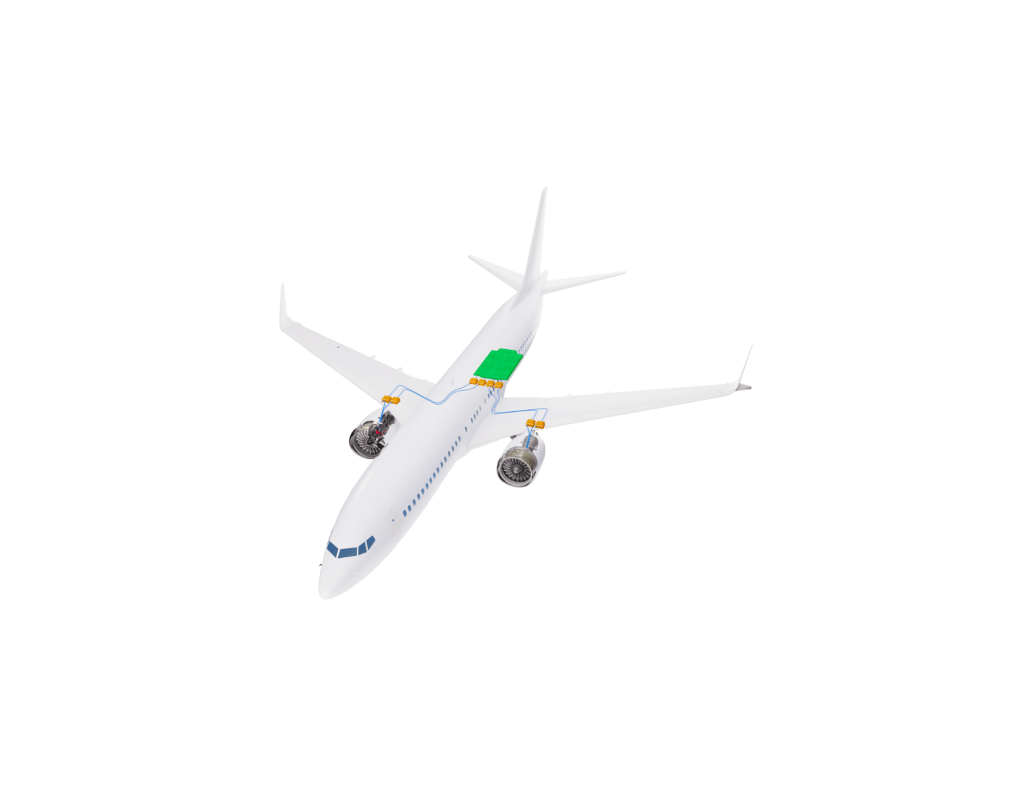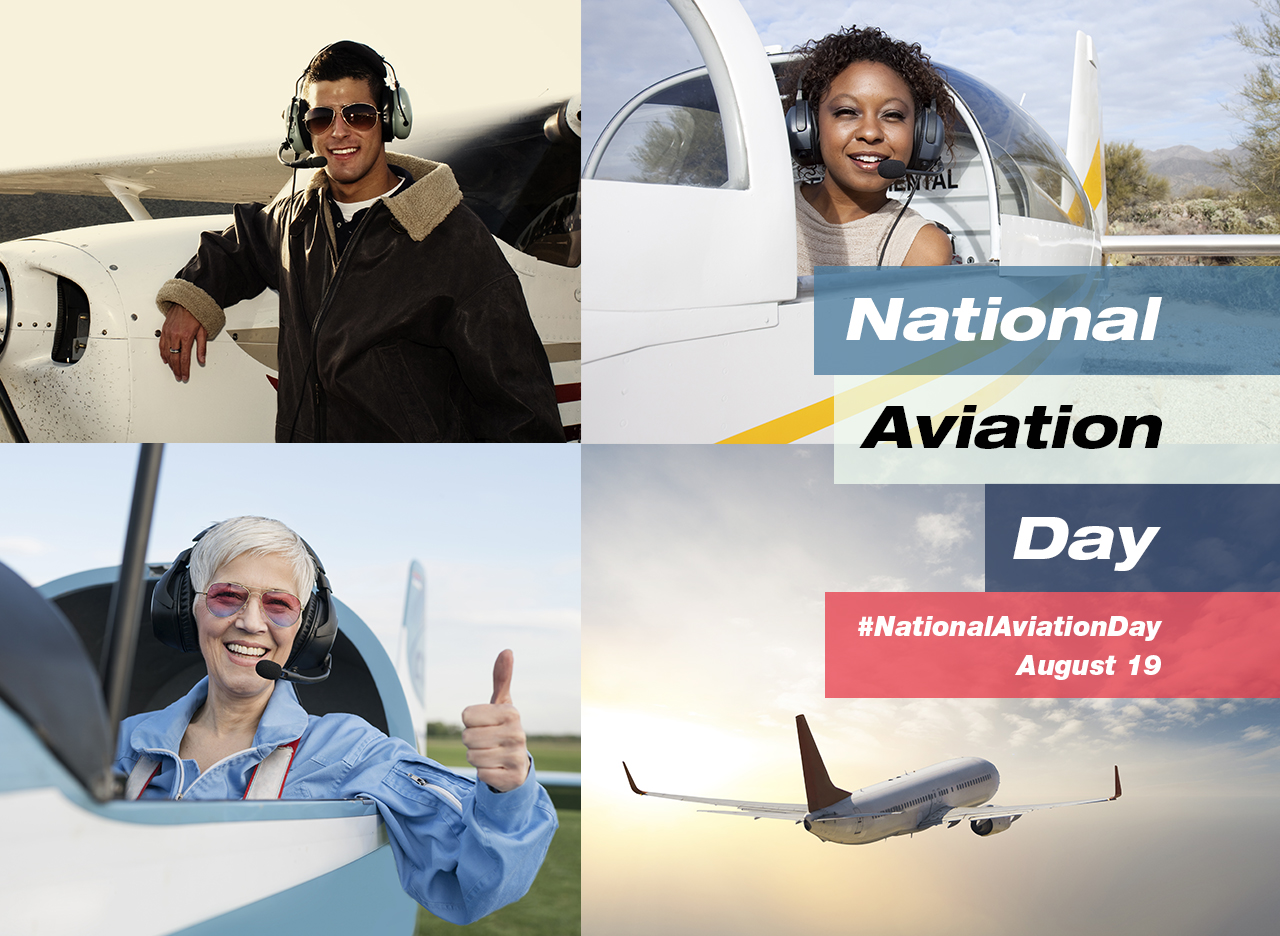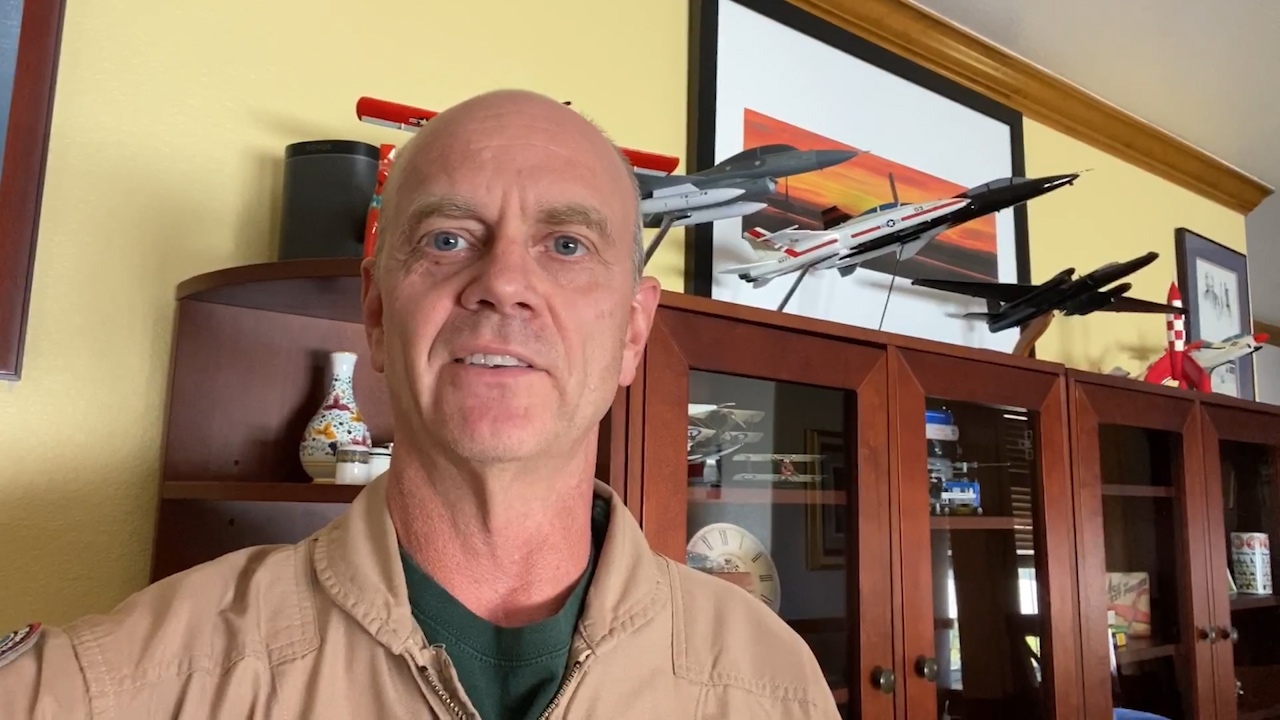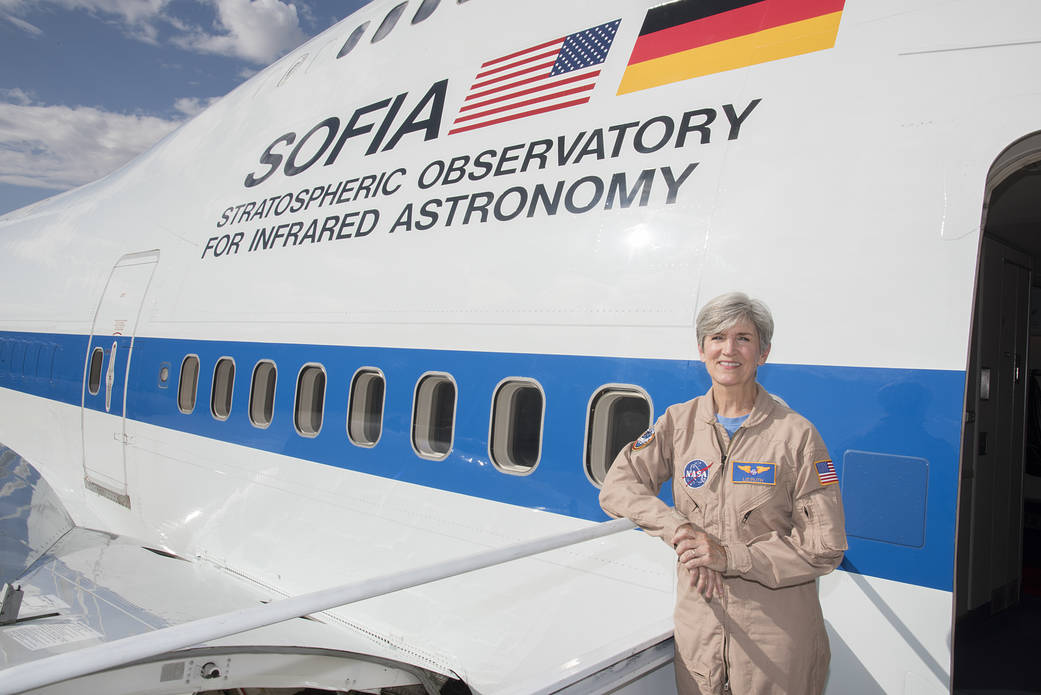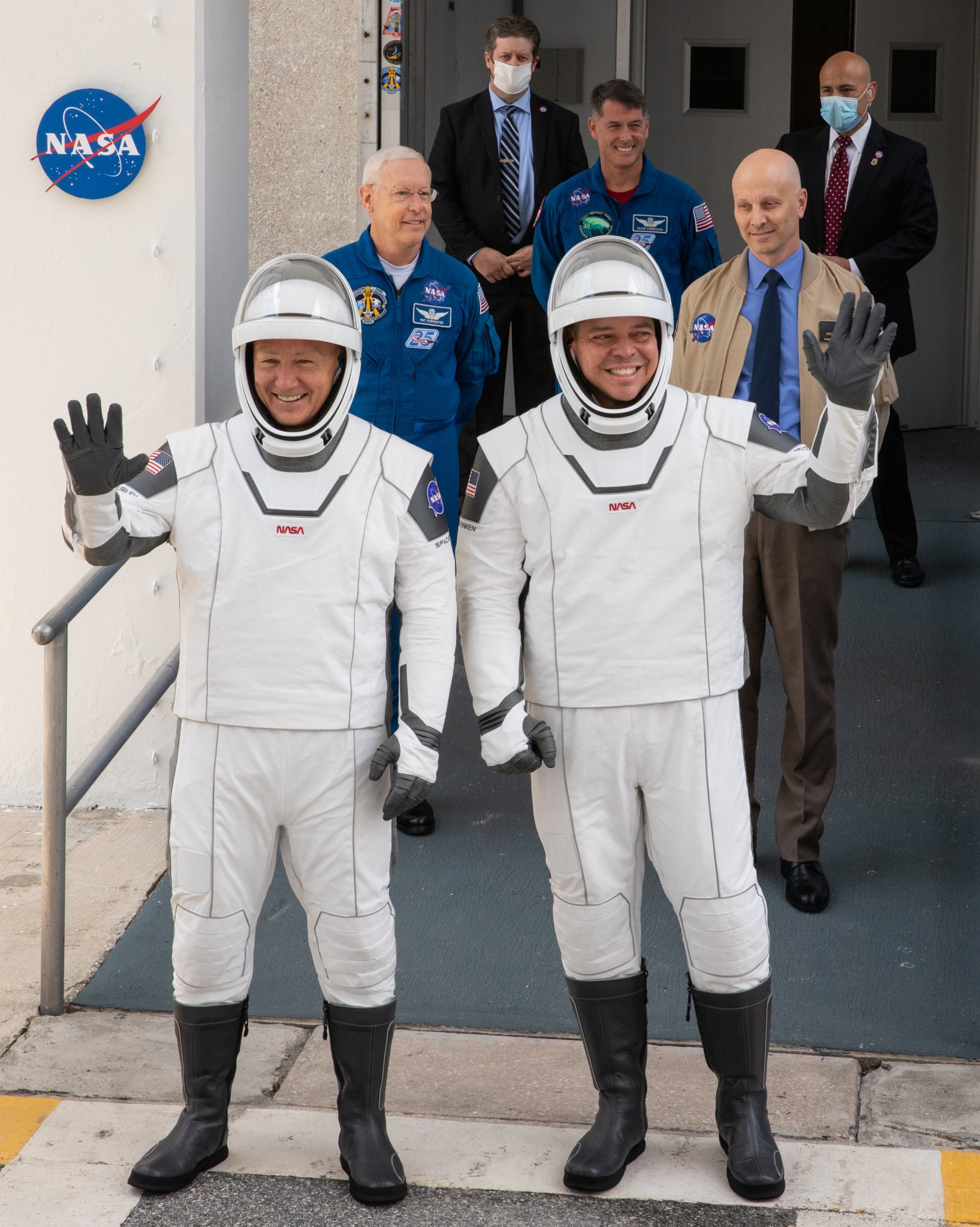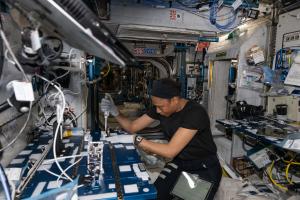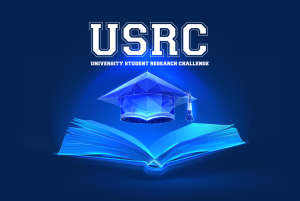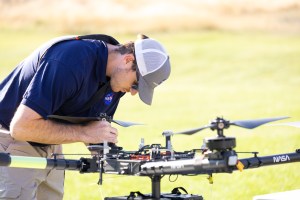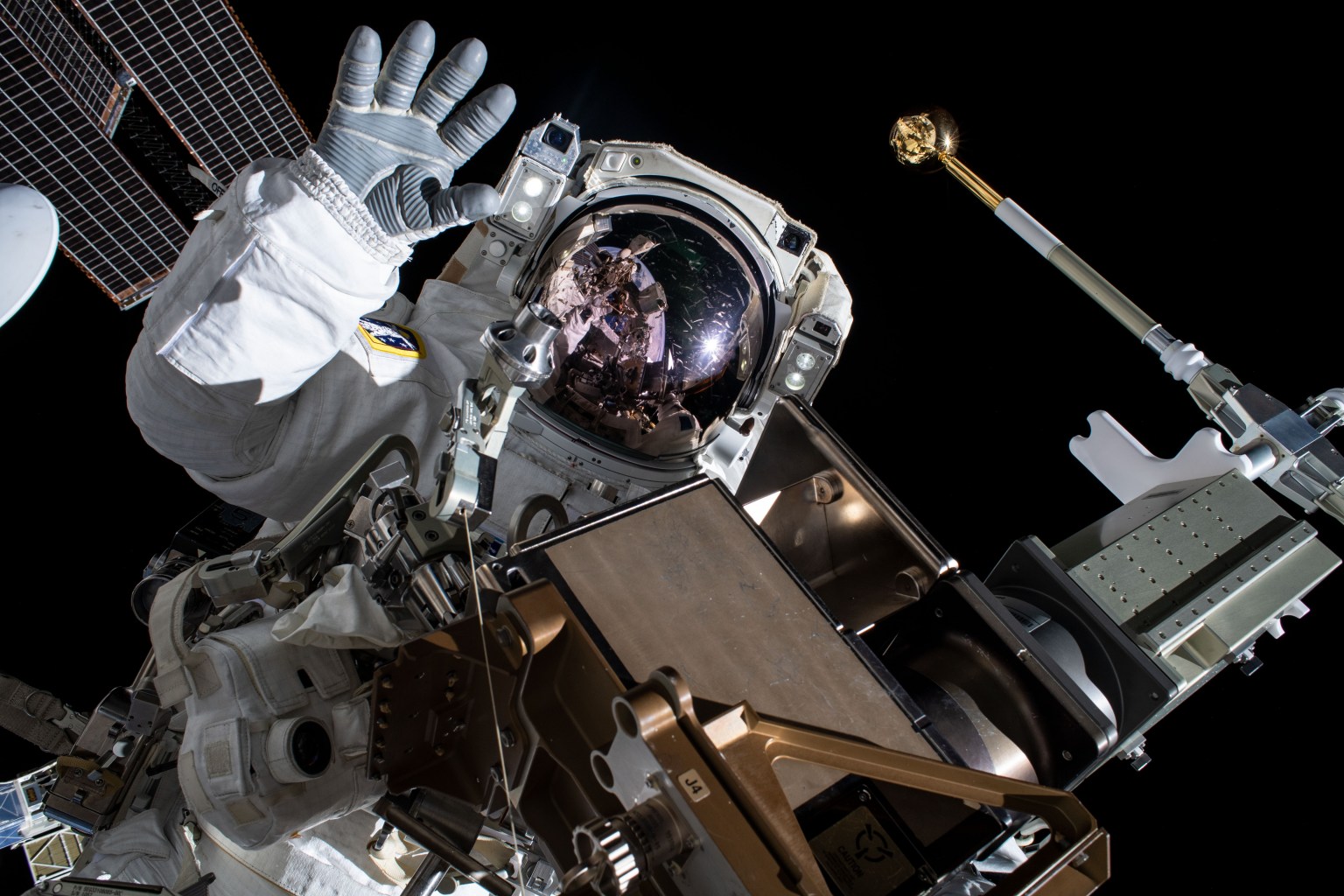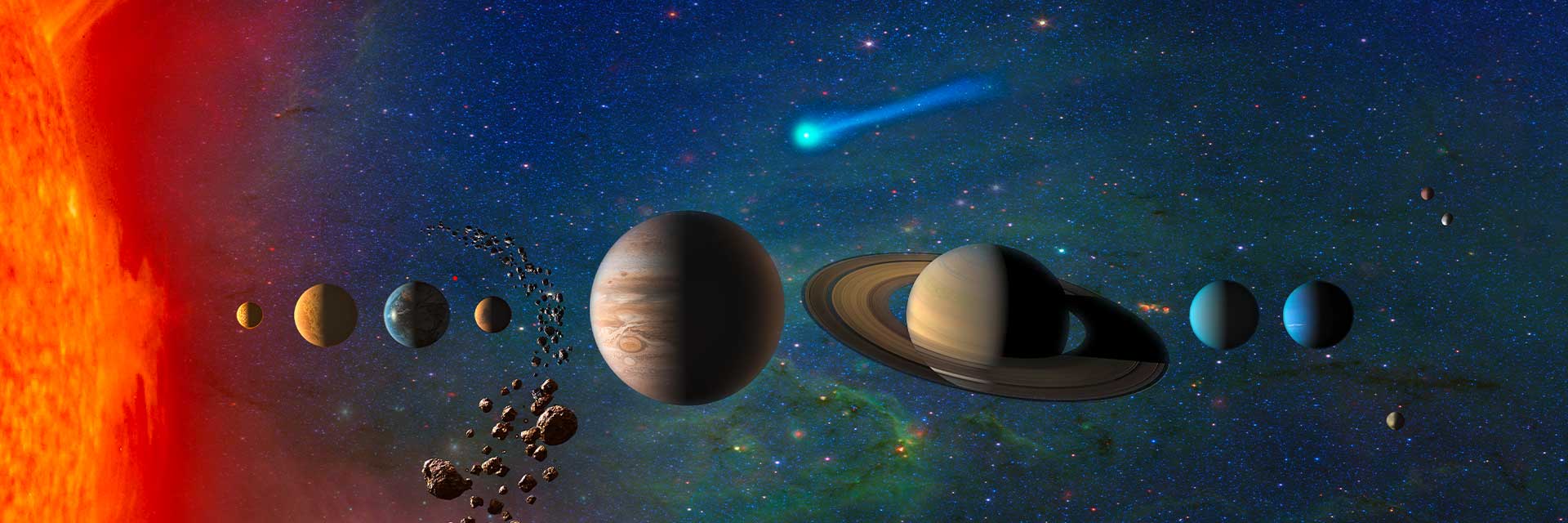There’s no flight without pilots.
Airplanes can’t fly anywhere they want, anytime they want, without pilots. At least, not yet. The human touch is still needed – a touch that requires intelligence, specialized training, and a bit of an adventurous spirit.
Some might call it the Right Stuff.
It’s only fitting that on this coming National Aviation Day, August 19, a date selected in honor of the world’s first pilot of an airplane – Orville Wright – all of us who research aeronautics at NASA invite you to join us this year in celebrating all things aviation by recognizing pilots everywhere.
Or aviators, if you prefer the U.S. Navy term.
(Allegedly, aviators are better than pilots because of the whole landing-on-an-aircraft-carrier-at-night-in-bad-weather thing. They’re probably correct. In fact, Naval aviators who became NASA astronauts have said carrier landings are harder than landing the space shuttle.)
So, if you’re a pilot (or aviator), we want to hear from you.
#PilotsPerspective
Whatever your rating – student, private, commercial, instrument, etc. – whether you fly civilian or military aircraft, are current or retired, or even just like to tinker around with drones, NASA wants to know one thing:
What’s the best part about flying?
Tell us by recording a selfie video and posting it to Twitter or Instagram with #PilotsPerspective and #NationalAviationDay. We might select your video, or part of it, to appear on NASA Aeronautics’ social media on August 19.
If you’d like to participate, make a brief video in which you introduce yourself, tell us where you’re from, how many total hours you’ve logged, and the answer to the question about what’s the best part of flying.
Not a pilot?
There are lots of other ways to celebrate National Aviation Day.
First, keep an eye on NASA Aeronautics’ Twitter and Instagram accounts throughout the day as we feature pilots who work at NASA, whether flying is involved in their job or not. You’ll hear from test pilots, astronauts, and private pilots who fly on the weekends.
Next, we’ll also highlight some of the research we’re doing to transform aviation in the 21st century. That includes work on the X-59 Quiet Supersonic Technology airplane, the all-electric X-57 Maxwell, and technologies that might be used in designing a future subsonic commercial airliner.
Finally, here are some more things you and your family can do to learn more about NASA’s aeronautics research and aviation in general.
Download our High Flyers Alphabet Activity Book (K-2) for your child’s next flight.
Our High Flyers Alphabet Activity Book introduces several basic aeronautics terms for children in kindergarten through second grade. The activities illustrate how an alphabet letter can be related to both an aeronautics concept and basic aeronautics terms. In addition, children are invited to look at each letter, trace the letter, and print the letter in the space provided. It’s the perfect way to keep your young ones occupied while you travel!
Print out and color some pictures of airplanes.
Some of NASA’s most historic research airplanes are represented in this collection of coloring book pages. Current airplanes now being built also are featured. Download them here.
Explore STEM (K-12) learning activities on electric airplanes and airplane sounds.
Learn about our newest X-planes, the X-57 Maxwell and the X-59 QueSST, by watching animations and completing hands-on activities and digital challenges with our STEM learning modules.
Visit your local science museum or NASA visitor center.
Exhibits about aviation and on how an airplane flies are popular staples of science museums. Why not visit your local science museum to learn more about the history and future of aviation? Be sure to check first if your local site is open and observe all safety precautions to remain healthy and prevent others from getting sick.
Or take a virtual tour of a NASA aeronautics research center.
Available online to view from the comfort of home are virtual tours of one sort or another of the four main NASA field centers where aeronautics research is done. Visit Langley Research Center in Virginia, Ames Research Center in California, Glenn Research Center in Cleveland, or Armstrong Flight Research Center in Californina.
Download a free NASA e-book.
Topics in NASA’s history of aviation and space research programs are covered in a series of e-books available to download and read for free. It’s a great alternative if you can’t visit your local library during this time of a pandemic.
Remember that NASA is with you when you fly.
See an airplane flying overhead? Next time you do, think about NASA. It might not be immediately visible, but every U.S. aircraft and air traffic control tower in operation today use some kind of NASA-developed technology.
Streamlined aircraft bodies, quieter jet engines, techniques for preventing icing, drag-reducing winglets, lightweight composite structures, software tools to improve the flow of tens of thousands of aircraft through the sky, and so much more are an everyday part of flying thanks to NASA research that traces its origins back to the earliest days of aviation.














